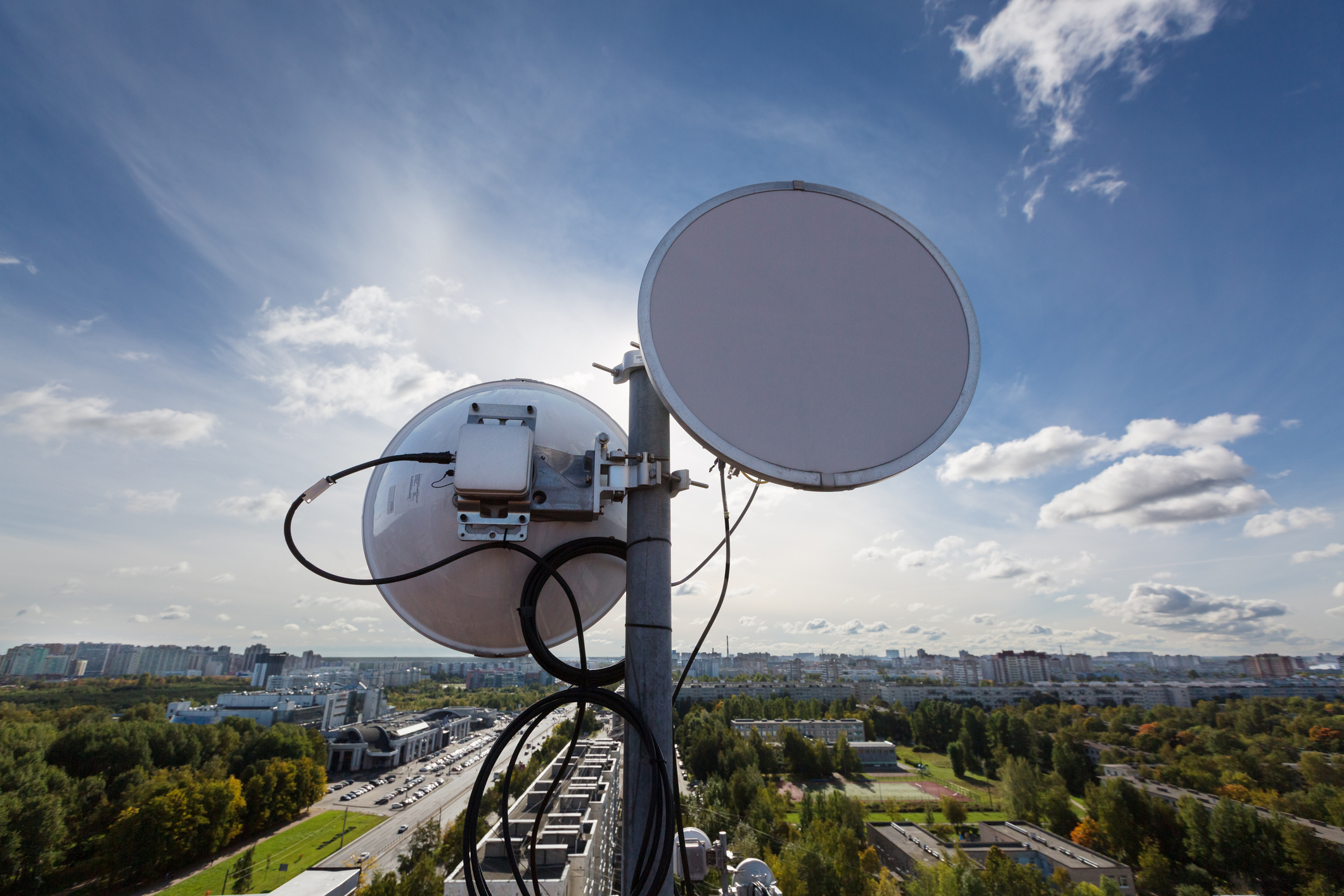
- October 2025 (2)
- September 2025 (3)
- August 2025 (3)
- July 2025 (2)
- June 2025 (3)
- May 2025 (3)
- April 2025 (3)
- March 2025 (2)
- February 2025 (1)
- December 2024 (2)
- November 2024 (1)
- August 2024 (2)
- June 2024 (3)
- May 2024 (3)
- April 2024 (1)
- March 2024 (3)
- February 2024 (2)
- January 2024 (2)
- December 2023 (1)
- November 2023 (2)
- October 2023 (2)
- September 2023 (1)
- August 2023 (1)
- July 2023 (2)
- June 2023 (3)
- May 2023 (2)
- March 2023 (4)
- January 2023 (2)
- November 2022 (2)
- September 2022 (1)
- August 2022 (2)
- July 2022 (2)
- June 2022 (1)
- May 2022 (1)
- April 2022 (3)
- March 2022 (1)
- February 2022 (3)
- January 2022 (2)
- December 2021 (1)
- November 2021 (1)
- October 2021 (2)
- September 2021 (3)
- August 2021 (1)
- July 2021 (4)
- May 2021 (2)
- April 2021 (2)
- March 2021 (2)
- February 2021 (3)
- January 2021 (3)
- December 2020 (1)
- October 2020 (1)
- August 2020 (1)
- August 2019 (1)
- January 2019 (2)
- September 2018 (5)
- June 2018 (1)
- November 2017 (1)
- September 2017 (1)
- July 2017 (1)
- May 2017 (1)
- January 2017 (1)
- October 2016 (2)
- August 2016 (1)
- July 2016 (1)
- June 2016 (1)
Subscribe by email
An Overview of IoT SIM States and What They Mean for OEMs
The state of your IoT SIM card determines the services a device can access. At a high level, there are two different modes an IoT SIM card can be in; active and inactive. These two modes are further split into different "states". If your IoT SIM is in an inactive mode, the device will be unable to access data services. If the SIM card is in an active mode, then it can utilize the network to transmit data.
In general, the five different states IoT SIMs can have are:
- Unprovisioned
Normally, a SIM card will initially be in this state. Here, the card is still unknown to the network and, as such, will be unable to access wireless services.
- Provisioned (Active ready/Test ready)
In this state, you have registered your IoT SIM to your network. The card can, therefore, proceed to access the network's services and transmit data. Ideally, IoT SIM cards in this state are not billable, although in some cases they may be. (In an optimal customer experience, it doesn't make much sense to charge for devices that are not actively consuming data.)
- Active-billed
Here, the usage of the SIM card will be billed by the network provider.
- Suspended (Paused)
During this state, your SIM card is still registered but is considered to be dormant. The card will not be able to transmit and receive data, but can be "reactivated" or unsuspended easily.
- Deactivated
A deactivated card is no longer registered to the network and cannot access wireless services. Depending on the network operator, it may be possible for SIMs in this state to be reactivated within a limited timeframe. After this period, you will have to replace the SIM in order to access the network again.
Testing during Manufacturing
The Test Ready state allows you to send and receive some data, typically up to 20KBs in order to verify that your IoT device has been manufactured correctly. Keep in mind, accurately testing these devices during manufacturing can help limit support calls from customers about devices in the field failing to establish a connection to the cellular network.
Transitioning to Billing Event Ready States
While a card in the provisioned state can transmit data and access network services, a card in this state generally tends to be limited. These limits vary depending on the network carrier. Once the card surpasses the limit set, the next step is to move it to an active-billing state. Sometimes this requires manual intervention and in other cases, could be an automatic process based on an event such as the purchase of a subscription.
At this stage, the usage of data will be monitored and used to determine billing.
Why is it important to understand all of the above? In the next section, we'll dive into the answers.
Why IoT Solutions Require a Connectivity Mindset Shift
IoT solutions should fundamentally be viewed as Platform as a Service (PaaS) solutions. In these cases, your customers are actually paying for outcomes, capabilities and ongoing services, not traditional one-time-sale products.
For example: The true benefit of a tracker is not the device, but being able to know the location of a piece of industrial equipment, a vehicle, or even a pet. (i.e. the services and insights enabled by the tracking device)
Devices and connectivity are core enablers for these capabilities. Depending on the use case, connectivity requirements can vary wildly, even when all IoT devices rely on the same wireless service.
In order to provide the best customer experience possible, while also controlling your costs, you need to optimize your data usage rates by regularly managing the states of your IoT SIMs.
The Concept of Customer Trial Periods and How It Relates to SIM States
To enable the best customer experience, you need to start from the very beginning of when your customers receive your IoT solution - the trial period. At this stage, your solution needs to start proving its worth. The way you do this is by giving your customers a taste of the benefits they can get with your solution, ideally during a set amount of time - 30 days, 3 months, or even a year.
There's no universally "right" answer to how long a trial period should be, but the goal should be to allow customers to fully see the value of the services you are providing, in order to entice them to continue to pay for the service after the trial period.
Now come the important questions to be answered:
When does the trial period start? When does it end? When does the customer start paying and how do you, as the seller, manage that transition?
Tying the subscription service to a customer registration is the first step.
This is when the trial starts and when the SIM needs to be placed into the Active-billed state, but you are not billing the customer yet. Registration also enables the eventual handoff of billing responsibility over to the customer.
Trials aren't open-ended - even unlimited data usage periods have a start and stop date. To facilitate the transition from a non-paying customer to a paying one, you need to be able to manage the SIM to control how much data is being consumed within the allotted timeframe.
Now consider that if you have different recurring services (think of a $10 vs. $20 subscription tier) with each service being assigned to a different data plan, imagine how complicated it would be to effectively manage all your IoT SIMs in all their different states, for all of your customers.
Manual Activations Quickly Become Major Headaches
When you are trying to support multiple customers with multiple data plan options through a traditional IoT SIM management portal, you end up with a very time-consuming operations challenge as everything is manual, requiring you to either spend most of your workday on wireless operations or increase your overhead significantly through hiring an army of specialists that can focus on and support your expanding customer base. Neither of these options make for an agile, efficient business model.
Making the Leap from Manual to Automated SIM Management
Ideally, you should deploy a self-service "automated" approach to IoT SIM management, where your customers have the ability to register, activate and manage their own devices within their own easy-to-use online portal.
This approach shifts the SIM management responsibility away from you and over to your customers, while simultaneously giving them the freedom and flexibility to activate and manage their subscriptions on-demand, as needed.
This is the best of both worlds, as it keeps your customers happier and lets you focus on your core businesses of manufacturing and marketing world-class IoT solutions.
Are you experiencing challenges with deploying and managing SIMs in your IoT solutions, and looking for a way to automate these processes?
Schedule a demo of our platform today to see if we can help you.
You might also like:
- IoT SIM Cards - An Introductory Guide
- 5G and IoT: What It Means for Connectivity
- What Are ICCID & IMEI Numbers: IoT SIM Cards Explained
Related Content
The latest IoT insights and platform updates from Zipit.
Internet-connected objects increasingly dominate both professional and personal sp...
The Internet of Things (IoT) has transformed industries by creating a network of i...
The explosion of IoT devices has driven demand for wireless networks that can cost...



